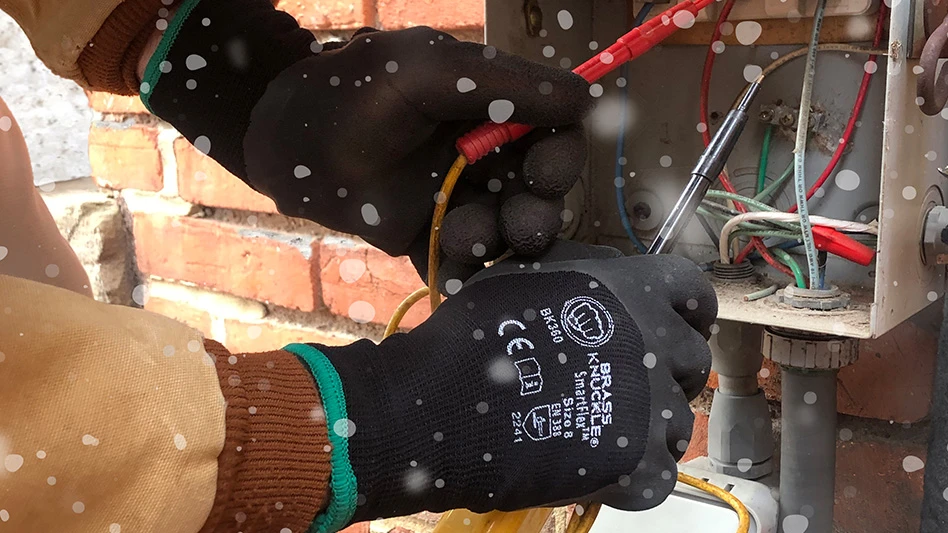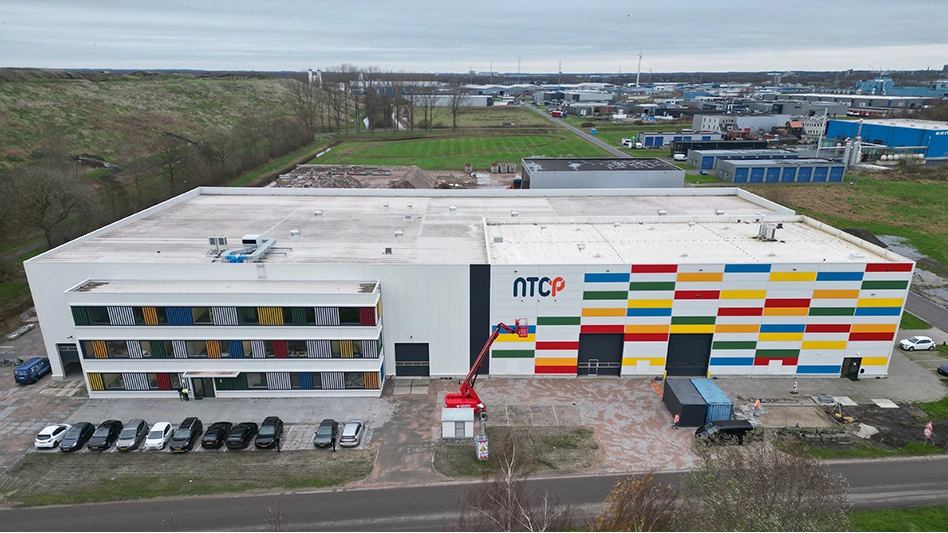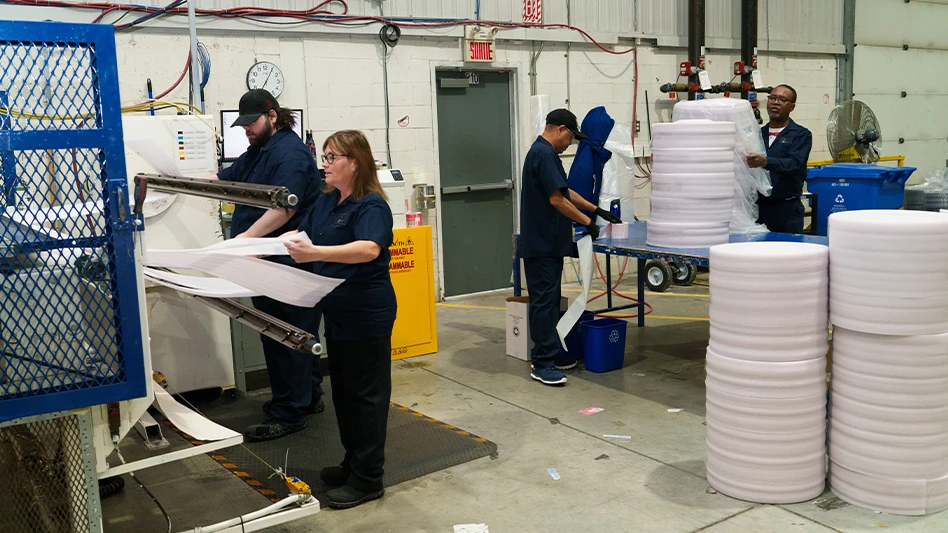
Recycling Today archives
The Circulate Initiative, a Singapore-based nonprofit with the aim of solving the challenge of plastic pollution while building circular and equitable economies across emerging markets, has launched a new global edition of its Plastics Circularity Investment Tracker, designed to track the scale of private investments into the plastics circular economy.
Through the tracker, the organization says its findings show nearly 90 percent of all investment since 2018 went to North America and Europe, developed economies offering a stable investment and supportive policy environment, despite the top 20 countries for ocean plastic leakage being emerging economies.
Assessing over 3,700 deals occurring in 91 countries between 2018 and the first six months of this year, more than $160 billion in private capital has been directed to the plastics circular economy, which equates to approximately $29 billion annually, The Circulate Initiative claims. In a news release, it says, “While encouraging, it is significantly below the $60 billion of annual investment needed under the systems change scenario which reduces plastic leakage to the ocean by around 80 percent by 2040.”
“Addressing the scale of the plastic waste crisis will require concerted and collaborative action from stakeholders and investors," adds Umesh Madhavan, research director at The Circulate Initiative. "Global data from the Plastics Circularity Investment Tracker demonstrates the crucial need to drive more capital to emerging markets, where plastic pollution is at its most severe.
“This month, global leaders will meet at the third session of the Intergovernmental Negotiating Committee meeting to discuss the legally binding instrument on plastic pollution. We hope that these insights will be a timely call to action to address the urgent need to scale capital flow towards plastic circularity solutions, particularly in those markets most impacted by plastic pollution.”
The nonprofit says the second edition of the Plastics Circularity Investment Tracker expands the coverage of the tool beyond emerging markets to provide global data, including a new feature for comparing investments across countries, across the value chain and investment categories.
Additional key findings reveal the following, according to the nonprofit:
- Although emerging markets in Asia and other regions such as Africa and Latin America are regarded as hotspots for plastic pollution, they receive very little investment. Asia accounted for 8 percent ($12 billion) of plastics circularity investments, and Latin American and the Caribbean followed, recording less than $2 billion in investment over the period. Private investments into plastics circularity in Africa were at only about $150 million, or less than 1 percent of total deal value over the review period.
- Approximately 85 percent of the investment went to recovery and recycling. In comparison, investments in reuse and refill were less than 5 percent of the total.
- Financing by banks and corporate investments were the top two sources of private capital, each contributing about 35 percent of total investments, followed by private equity with 25 percent.
- The top 10 deals, each over $2 billion, collectively accounted for 30 percent of the total deal value, indicating investor confidence to inject significant capital in this space.
“By identifying the solutions and regions receiving funding, as well as insights into investor and transaction landscapes, our goal is to enable decision-makers to better identify opportunities to scale solutions to unlock the full potential of the circular economy,” says Michael Sadowski, executive director of The Circulate Initiative. “Not only is there a gap in funding for emerging markets, we also need more capital to be directed towards innovative solutions designed to replace fossil fuel-based plastics.”
Latest from Recycling Today
- Nucor names new president
- DOE rare earths funding is open to recyclers
- Design for Recycling Resolution introduced
- PetStar PET recycling plant expands
- Iron Bull addresses scrap handling needs with custom hoppers
- REgroup, CP Group to build advanced MRF in Nova Scotia
- Oregon county expands options for hard-to-recycling items
- Flexible plastic packaging initiative launches in Canada





